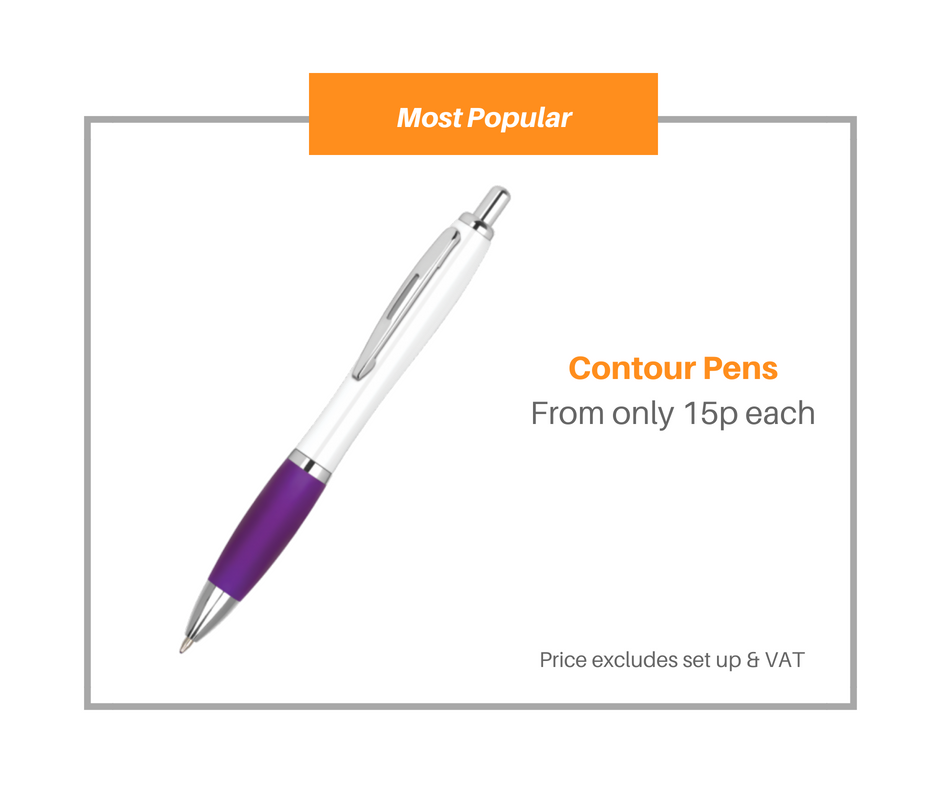
What is calligraphy?
You may hear calligraphy described simply as ‘beautiful writing’. Even the word ‘calligraphy’ is a union of two Greek words – Kalli, which means ‘beautiful’ and graphy, which means ‘writing’, but if you’ve got even the faintest interest in calligraphy as a profession today you’ll know there’s a little more to it than that.
A group of 30 professional calligraphers were asked to define calligraphy as a profession[1], and this is the net result: “Calligraphy is the art of forming beautiful symbols by hand and arranging them well.
It’s a set of skills and techniques for positioning and inscribing words so they show integrity, harmony, some sort of ancestry, rhythm and creative fire.”
Before the advent of typewriters and computers, people were very much dependant on handwriting. For notes and simple bookkeeping any old handwriting would suffice, but for formal documents such as deeds or contracts, or meaningful text such as books or poems, people would rely heavily on the artistic skill of a calligrapher.
The tools that calligraphers used to create such beautiful text were comprised of carefully constructed wooden implements or feathered quills that were dipped in ink. Today’s calligraphers have a wider toolset to choose from, from specialised calligraphy pens with angled nibs to ink cartridges which can be easily replaced.
Granted, there is less demand for hand-penned ornate lettering today, but calligraphers are still employed at design agencies and graphics specialists for work that needs a skilled human touch.
What does a calligrapher do?
A calligrapher working in the modern world will typically refer to a ‘calligraphy alphabet’ to form the basis of attractive, hand-penned lettering. Some calligraphers might prefer to use older techniques and equipment like quills and ink reservoirs, but the majority of calligraphers today will take advantage of specially made calligraphy pens with slanted or flat nibs.
It’s common for some calligraphers to use modern tools for practicing and coming up with new styles, and then more traditional equipment to create the final piece.
Either way, practice and repetition play a key role in the life of a calligrapher. Some texts will be penned countless times before the final piece is created to ensure it’s of the highest standard and no mistakes are made.
Anyone producing anything from shop signs and product labels to certificates and formal invitations might require the services of a calligrapher.
Where does a calligrapher find work today?
We know that calligraphy was important before the age of typewriters and computers; it provided a much-needed service when it came to formalising written communication between important parties.
But what do calligraphers do in the age of laptops, smartphones and Google? Is there still a demand for calligraphers?
The short answer is, yes.
Calligraphers are still an extremely valuable asset to companies and agencies that are involved heavily in design work. Some pretty impressive virtual fonts and typesets exist that can be applied to designs, but sometimes a personal, bespoke touch is needed to really make a piece come to life. Here are some of the places a calligrapher might find demand for their services today:
- Event organisers like wedding planners may hire calligraphers to pen invitations
- Educational bodies may ask a calligrapher to help create diplomas and degrees
- Graphic design firms may enlist a calligrapher to help create new typesets and fonts
- Shops and restaurants may employ a calligrapher to create their signage
However, most calligraphers will work on a freelance basis, offering their services to various clients as and when they need them. Invitations, posters, formal documents and personalised pieces of prose like poems and books might all require the input of a calligrapher at one stage or another.
Is calligraphy the right career choice for you?
Like any creative career path, starting a career in calligraphy can be difficult at first, but it can also be extremely rewarding. If you’re fond of artwork and enjoy penning letters and writing by hand then you’ll find a lot to like in calligraphy. Not only will you get a chance to exercise your passion for writing and spread your creative wings, you’ll also be getting paid for the privilege, contributing truly unique work that will live on for years and years to come.
If you’re confident that calligraphy is for you and you can picture yourself deriving a lot of satisfaction from it as a career, it’s important to be prepared to work hard. Even for skilled artists and people who are good with their hands, calligraphy takes a great deal of patience and practice. In order to make it as a calligrapher, you’ll need to practice over and over again and be willing to put in a great deal of time and focus before you can reap the rewards of a successful career.
Do you need qualifications to become a calligrapher?
Calligraphy is nothing more than a hobby for some people, but enthusiasts can certainly build a successful career in calligraphy if they’re willing to put in the time and effort.
There are no formal qualifications that a calligrapher must have before finding employment, but there is a range of training courses that will certainly help you along your way, with one of the most renowned coming from the Society of Scribes and Illuminators. You may also find things like local calligraphy groups and events useful; like-minded people who want to discuss the profession and share ideas, and perhaps even practice together.
If you’ve got the drive and determination and are willing to put in the practice and build a portfolio that shows off your talents, you might be lucky enough to attract one or two clients and go from there. Some sources of work for a calligrapher are completely unsuspecting, like greetings card companies or small retailers, but approaching graphic design agencies and showing them your work is probably the best place to start.
A good idea might be to get yourself a website to showcase some of your work, or perhaps even write letters to agencies and workplaces that you think might be interested. All it takes is for one of these contacts to reply and you could have your first client.
When one client becomes two clients, and your body of work and experience starts to grow, you can call yourself a professional calligrapher.
Of course, it’s not all about freelancing. There are opportunities for in-house salaried positions as a calligrapher if you know where to look, but these are less common. Calligraphy is such a niche talent that’s often used quite sparingly, so it’s best to keep your options open and build a network of potential clients.
How much do calligraphers earn?
How much a calligrapher earns depends very much on the type of work they undertake. If you choose to freelance and slowly build a network of clients you can earn good money, but inconsistently. If you manage to get work as an in-house calligrapher for a design or graphics agency, you’ll be able to earn a decent, steady salary for your services, but this is less common.
Your earnings as a calligrapher are usually down to you and how you market yourself. With a good portfolio and a solid work ethic, you can approach as many potential clients as you like and build up your client base until your schedule is full or you’re making a comfortable income.
Some clients may pay a monthly retainer for regular services whereas other may just pay you for occasional work, so it’s important to have a plan in place and stick to it.
What does it cost to get started in calligraphy?
Really, all it takes to become a calligrapher is some ink and nib to write with, which won’t cost you any more than £20 from any art store. Some nice paper helps too, but that can come later once you’ve practiced a little and worked out whether or not calligraphy is right for you.
If you’re blessed with a budget and lots of free time, you might be willing to consider enrolling in one or two calligraphy classes that can help bolster your natural talent and build your portfolio, but this isn’t really a requirement per se.
What about career progression and prospects?
Career progression in calligraphy is really down to you and where you want your career to go. If you’re aspiring to get a steady, stable income, working for an agency as an in-house calligrapher might be your safest bet. Here your skills will be valued and used on a regular basis and even if there isn’t much progression within the business, you’ll find your portfolio starting to fill up in no time. This alone can help you more than just about anything with career progression.
If you approach a client about working as a calligrapher the first thing they’re likely to ask isn’t, “Do you have a degree?” or “Where did you study?”. The first question they’ll ask is, “Can I see some of your work?”. If they like it, you’ve landed your first client.
For all your branded pen and stationery needs, visit Supreme Pens.




